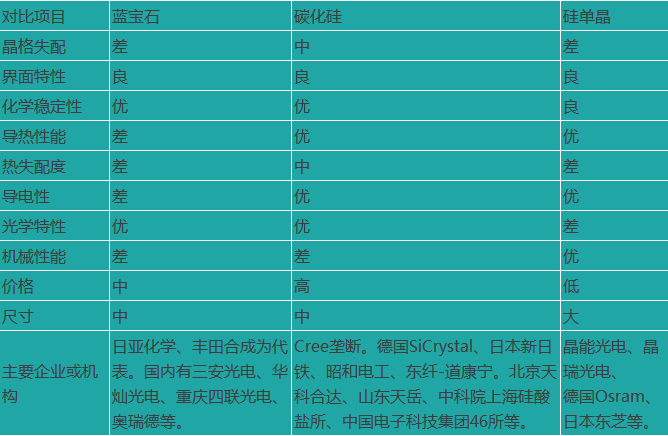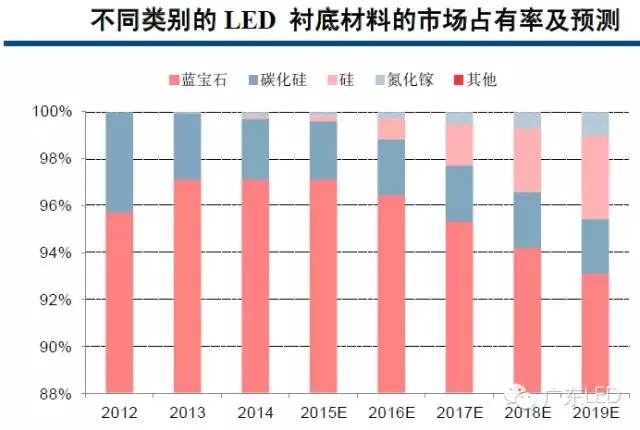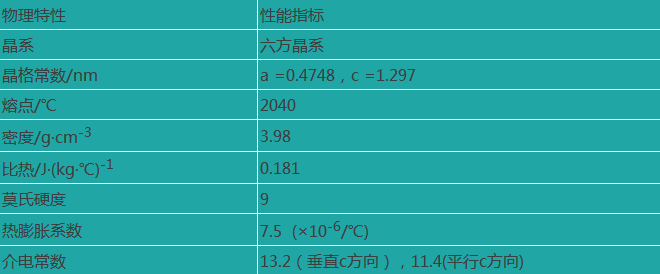In the preparation process of LEDs , the upstream substrate material is the main factor determining the performance indicators such as LED color, brightness, and lifetime. The roughness of the surface of the substrate material, the coefficient of thermal expansion, the coefficient of thermal conductivity, the influence of polarity, the processing requirements of the surface, and the matching between the lattices of the epitaxial materials are closely related to the luminous efficiency and stability of the high-brightness LED. Therefore, the substrate material is the cornerstone of the technological development of the semiconductor lighting industry. The technical route of the substrate material will inevitably affect the technical route of the entire industry and is the key to the entire industrial chain.
At present, there are three main technical routes for semiconductor lighting, namely the sapphire substrate LED technology route represented by Japan Nichia Chemical , the silicon carbide substrate LED technology route represented by Cree of the United States, and the silicon represented by China Crystal Energy Optoelectronics . Substrate LED technology route. On January 8, 2016, Nanchang University and Jingfeng Optoelectronics' Jiang Fengyi team's "High-efficiency GaN-based blue light-emitting diode on silicon substrate" technology project won the first prize of the 2015 National Science and Technology Award for technical inventions. LED Industry China The core dream was once again motivated. The award of the silicon substrate technology project indicates that the silicon substrate has been proven by the state and has been upgraded to the national strategic level. Silicon substrates will be ushered in commercial applications of scale.

Table 1 Comparison of three main substrate materials of GaN-based LED

Figure 1 LED market share of various substrate materials (Source: YOLE, CITIC Jiantou Securities Research and Development Department)
Sapphire (Al2O3) substrate
On October 7, 2014, the Royal Swedish Academy of Sciences announced that Akasaki, Amano and Nakamura had won the 2014 Nobel Prize in Physics for inventing the "High Efficiency Blue LED". The outstanding contributions of these three scientists were that in 1993 they broke through the core technology of preparing high-efficiency GaN-based blue LEDs on sapphire substrates. For more than 20 years, GaN-based blue LED technology and industry based on sapphire substrates have developed rapidly, occupying more than 90% of the market share in the substrate market and becoming the mainstream technology route on the market.
Sapphire has excellent optical properties, mechanical properties and chemical stability, high strength, high hardness and erosion resistance. As a substrate material, sapphire has the advantages of high chemical stability at high temperature (2000 ° C), difficulty in absorption of visible light, and low cost.

Table 2 Sapphire substrate material properties
High Voltage Capacitor,Igh Voltage Variable Capacitor,High Voltage Electrolytic Capacitors,High Voltage Capacitor Leakage Tester
Yangzhou IdealTek Electronics Co., Ltd. , https://www.idealtekpower.com